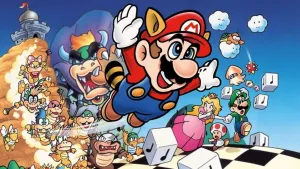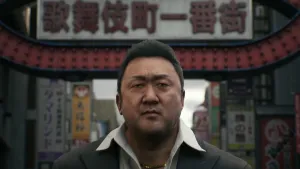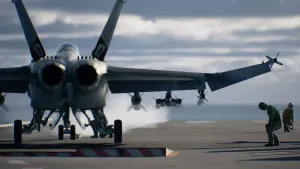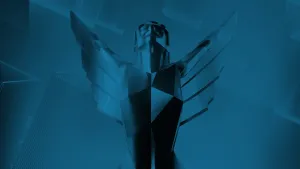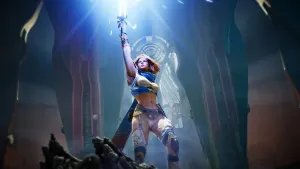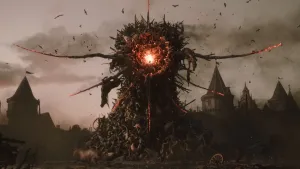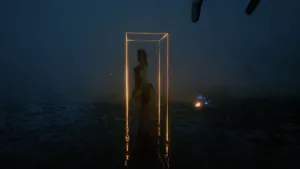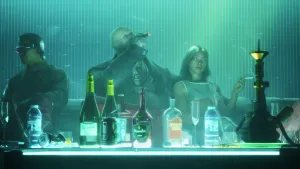
How Riftbound Loads The World Of League Of Legends Into Booster Packs
League of Legends has expanded off the Rift and into many mediums at this point: an auto-battler, a fighting game, an RPG, and a Netflix show, to name a few. With Riftbound, the publisher is stashing all of its factions and champions to line the shelves at your local game store.
Riftbound is a trading card game, complete with booster packs, starters, foils, and collectability. Players form a deck around a chosen Legend, represented by League champions like Yasuo or Jinx, and their color identities, and duke it out.
Rather than beating each other's life totals down, though, players vie for control of battlefields chosen by the competitors. Conquering or holding these fields garners points, with the ultimate goal of scoring eight points. It's a slightly different take than more direct slugfests, but as game director Dave Guskin tells me, it helps encourage a slightly different kind of play.
"My original pitch – this was before I had any mechanics – was like I want to have a game you can play in a casual kind of friends at a table [way]," Guskin says. "And I want it to be as friendly as possible in that social situation. And to do that, we had to make sure that, sometimes, you're not paying attention, and we don't want to punish you over-much for going and grabbing a drink and going back, and being like wait a minute, what just happened to me?"
On top of the battlefields, Riftbound also takes a novel approach to its formats. Your play deck includes a Legend, three battlefield options, a deck of Runes (your card-playing resource that lives outside your deck, unlike Magic's land cards), and a standard 40-card deck. This configuration can be used for any combination of two to four players with just a few rule alterations.
"We wanted to make sure that the game scales out really nicely, as well, and that everybody would be engaged and involved throughout the course of the game," executive producer Chengran Chai says.
Of course, for newcomers on the League of Legends side, they'll want to have some familiar faces to play as. For Origins, Riftbound's lead-off set, Riot Games looked towards a mix of recognizable faces that could also work well with well-known card game archetypes.
"When it comes to the champion decks, the first three, it was important that we got a lot of kind of easily recognizable TCG archetypes in front of people as well," game designer Nik Davidson tells me. "So we have Jinx, which is a very aggressive discard-based strategy. You've got a go-wide deck with Victor, and sort of a go-tall deck with Lee Sin. So you've got three archetypes that people are going to recognize, that form a little bit of a rock-paper-scissors, but, you know, are also just good baselines to build from as a good start to your collection."
Forging Legends
When it came to assigning champions to their respective colors and playstyles, the Riftbound team already had a lot of options to pick from. League of Legends has, as of this writing, 171 playable champions in its roster. Add in characters that have become popular in various associated lore and media, ranging from stories to other games and even Arcane, and that number expands further.
Of course, those characters even differ between their portrayals and appearances. So when the team sits down to figure out where a champion fits, it becomes an interesting conversation. Guskin says the team is leaving some opportunity for the future, while also determining what fits for each character.
"I would say, for every champion, we have identified more than two potential domains or colors for them, giving us the runway to make new versions," Guskin says. "Obviously, there's other cool stuff we can do with it in the future, but we have tried, kind of, for every champion to think about which of these six domains they fit into, how strongly we think that has to be part of their identity versus how, could this be like, kind of a stretch? What if we did a skin line version of this champion? Would it be different?"
When it comes to developing the individual cards, there's quite a bit to establish around them: color identities, playstyles, keywords, and more. The champions put forward now can, in a lot of ways, shape the game to come. The Legend card identifies what colors your deck can run, and when I asked if it's a load-bearing piece of design, Guskin says it is. "We do like the strategic guidance it gives you," Guskin says. "It makes a Blue-Red deck in one set feel different from a Blue-Red deck in another set, because the champion Legend does modify the way you play quite a lot or which cards matter to you."
Sealed does open the format up a bit, allowing players to build their deck without a Legend and looser color restrictions, but the Origins set does feel focused around these identities. It's also got a grounding in its mechanics: concepts like Accelerate, which readies a unit for attack immediately upon entering, or Ganking, which lets units move between battlefields instead of needing a pit-stop back at base between them.
New mechanics are often a way for long-running card games to add some variety and identity to new sets. When I asked about whether the team is open or reticent to introducing new mechanics in future sets of Riftbound, Guskin noted that the team actually discussed that in their meeting that morning. It could let a character like Viktor play differently in different sets, but eventually the burden of learning mechanics can build up over time, adding to the list of terms you'd need to learn just to play Riftbound.
Battlefields offer an additional, interesting avenue in that design space. Guskin points to the Trifarian War Camp, a battlefield that increases the Might of each unit in the field.
"It is very good for going wide, but it's also good if you have a unit that you just need to get slightly bigger while it's at the battlefield, so that your enemy's spell can't kill it," Guskin says.
Taking Over The Tabletop
The elephant in the room is Legends of Runeterra, the digital card game Riot Games launched in 2020. It's still active, though development shifted in response to broader changes at Riot Games; the team shifted its focus to the PvE mode, Path of Champions, rather than its PvP options.
Riot did bring some designers over to Riftbound from Runeterra, and according to Guskin, brought over a lot of the DNA and philosophy around bringing a League of Legends champion to life in a card game space. Additionally, Davidson points out the different advantages of physical spaces and digital ones.
"With a digital TCG, you can do a lot – of this is getting a little bit down in the weeds, but – manipulation of information that is in a non-public area," Davidson says. "So you can have like, 'buff the third card from the top of your deck.' You can't do that practically with a physical TCG. But a physical TCG is much, much more accessible to having four people at the table, and having more people passing turns back and forth. That's very, very difficult to execute in a satisfying way in a digital game. So I think we have opportunities to let each of those games really shine in the areas that they have unique advantages and gameplay available to them."
As for Riftbound, Guskin says the team is focused on the physical format, at least for now. The team wants to ensure it's the best in-person social experience it can be, which would make it a little more unique in Riot's portfolio compared to other, largely digital offerings.
"We definitely have had discussions internally around kind of, you know, what does the digital future for Riftbound look like?" Guskin says. "But I think it's a little bit further away to discuss."
Davidson says the focus is on supporting local game stores, where players will be going to play games in person. I did raise the question about the increased attention in card games as a speculative good, which can sometimes drive those card games into relative scarcity for hungry players. (Note: This interview took place prior to Riftbound's launch on October 31st.)
"We want to make sure that people can play, and we know that it's going to be a difficult kind of situation across everybody, right?" Guskin says. "Riot, our partners, our distributors, our retailers, to get those quantities right. But we're committed to making sure that we work on it and get better over time.
"Riot Games are games, first and foremost, and we care a lot about people playing Riftbound," Guskin continues. "We want to support collectors, make sure that people can find really cool, awesome, high-value products, and we don't want that to be taken away from the rank-and-file of our players who are also collectors. But yeah, definitely our number-one focus right now is to make sure people can play."
"We want as many packs opened as possible to create Riftbound players, as opposed to boxes hiding in closets," Davidson says. "There is a natural tension there, and the only thing we can do is just try to get as many cards to the right people as fast as we can."
While Riftbound rolled out its English-language Origins set on October 31, China has already had Origins for a few months and will receive its next set – Spiritforged – ahead of the English release. Chai tells me this was a "strategic decision" in the beginning of Riftbound's life, spurred along by the recent League of Legends Worlds event hosted in the region, but the gulf will hopefully narrow.
"I think the overall plan is to close the gap as quickly as we can, such that sometime next year we're hitting parity [for] global release basically as soon as possible," Chai says.
The card game landscape has only become more competitive over the years, as titans like Magic and Pokémon slug it out with plenty of newcomers, and market speculation has driven demand into the atmosphere. But for those eager for a new take on the Rift, or a new card game night alternative, Riftbound might be worth cracking open.


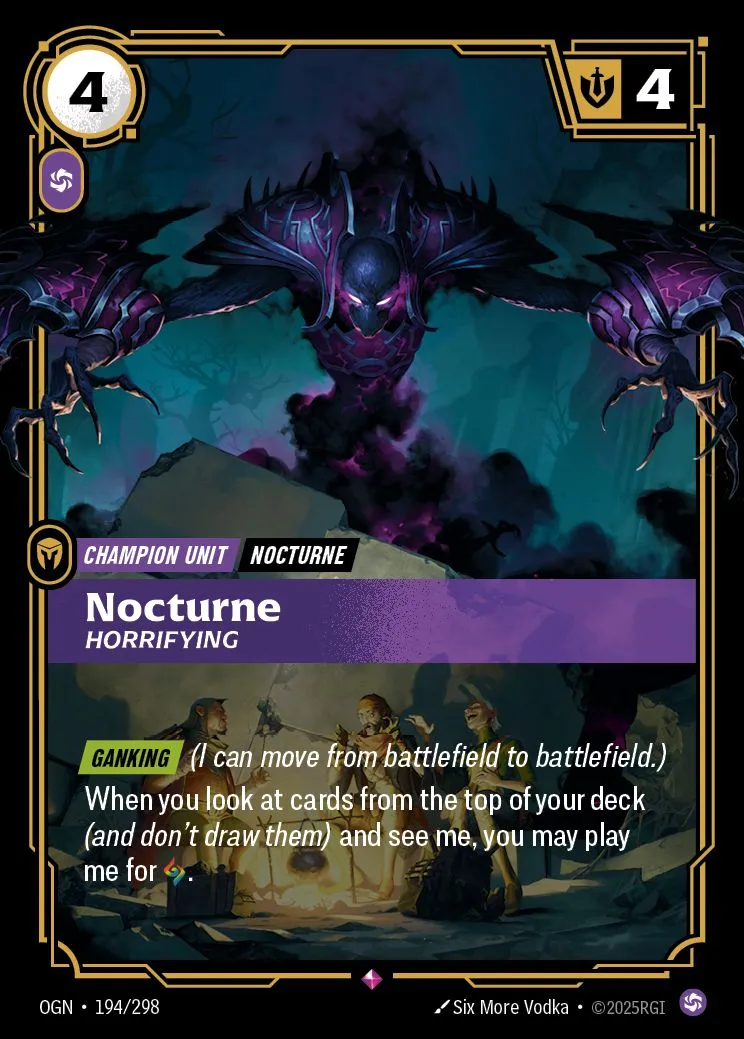
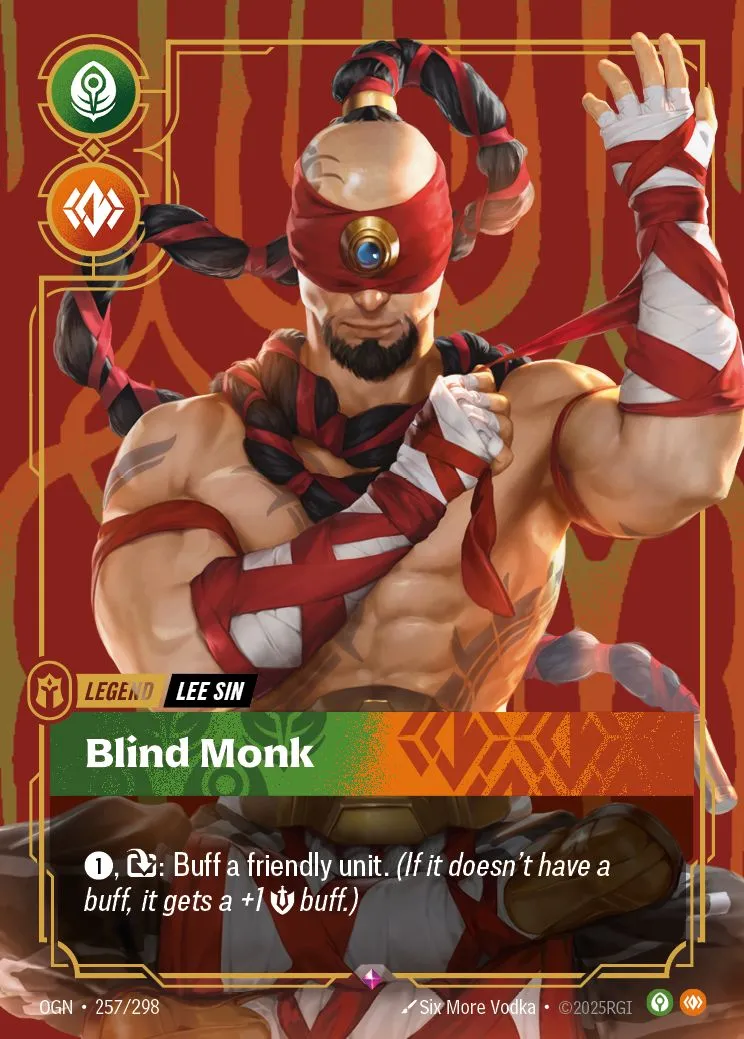
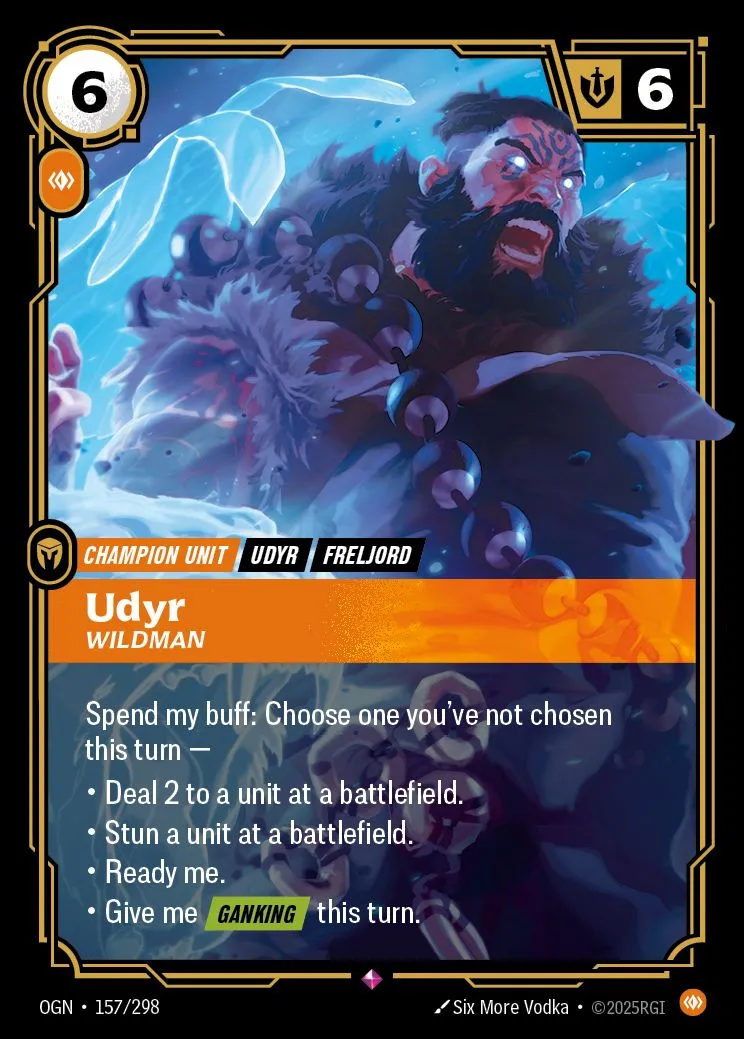
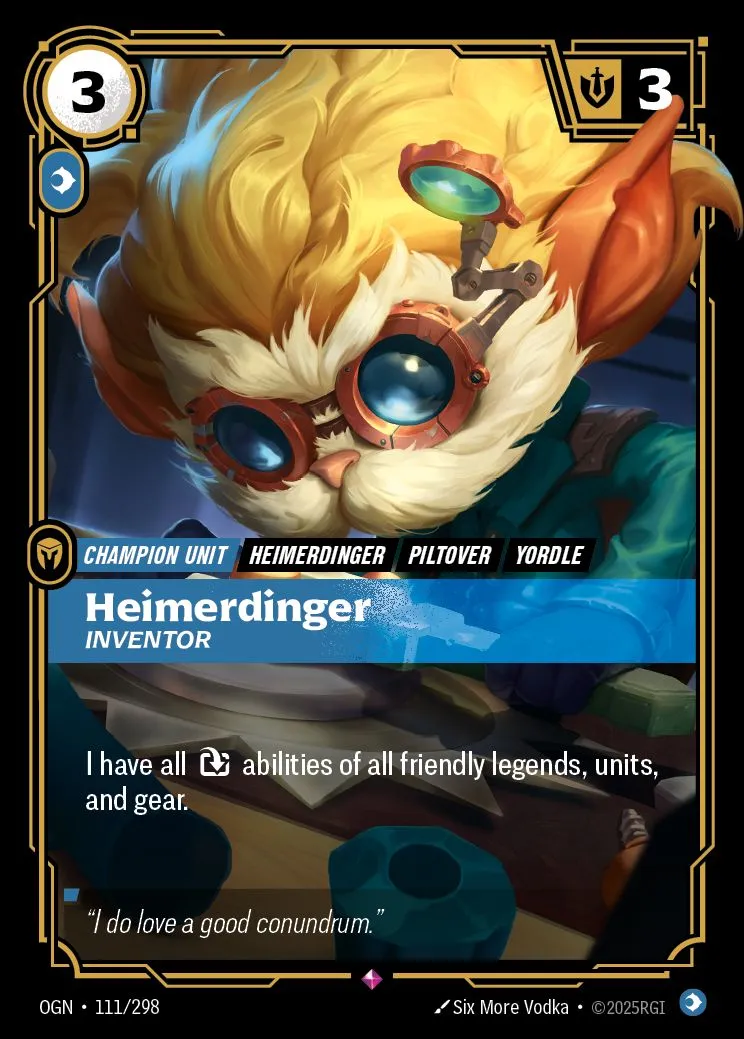

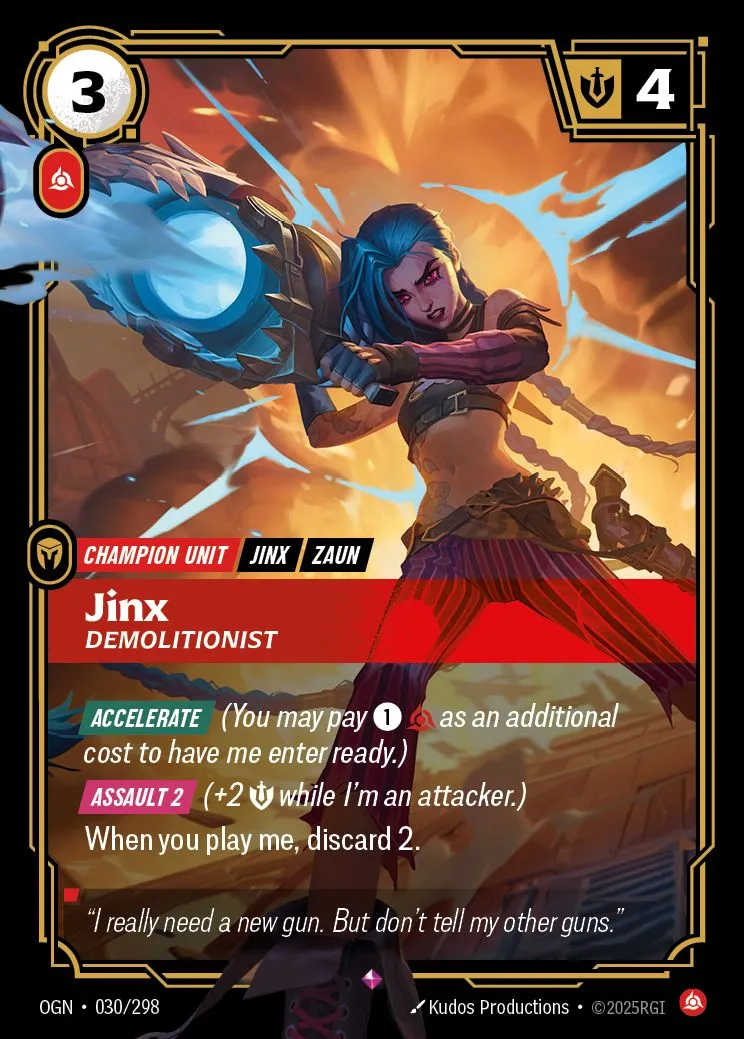
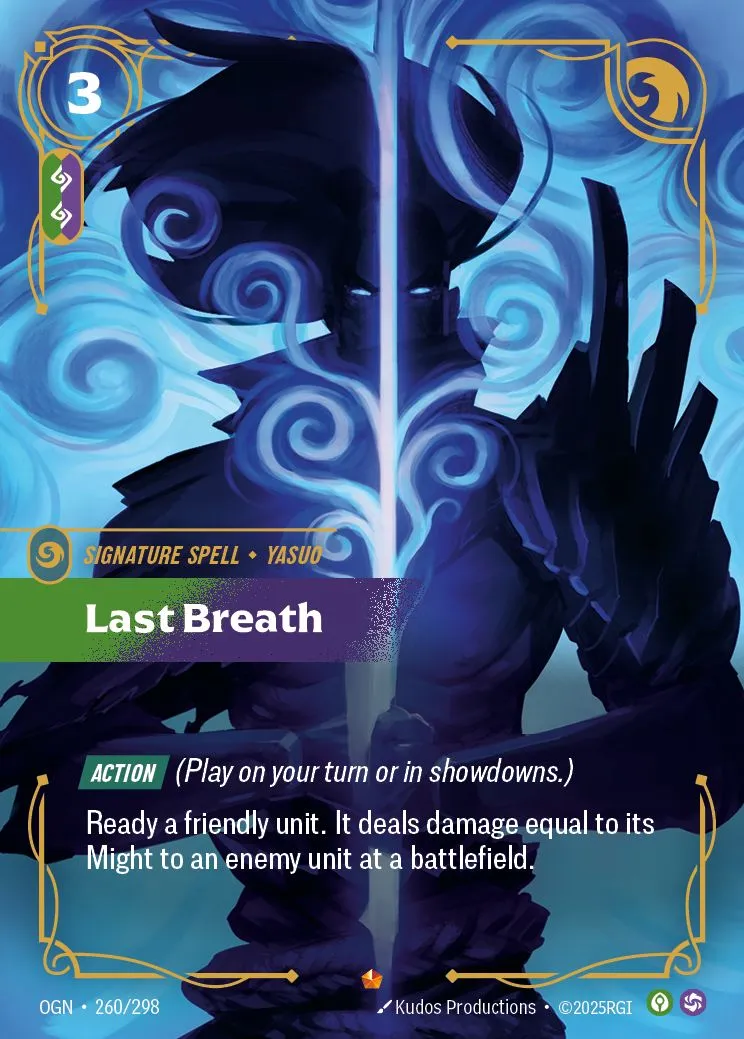
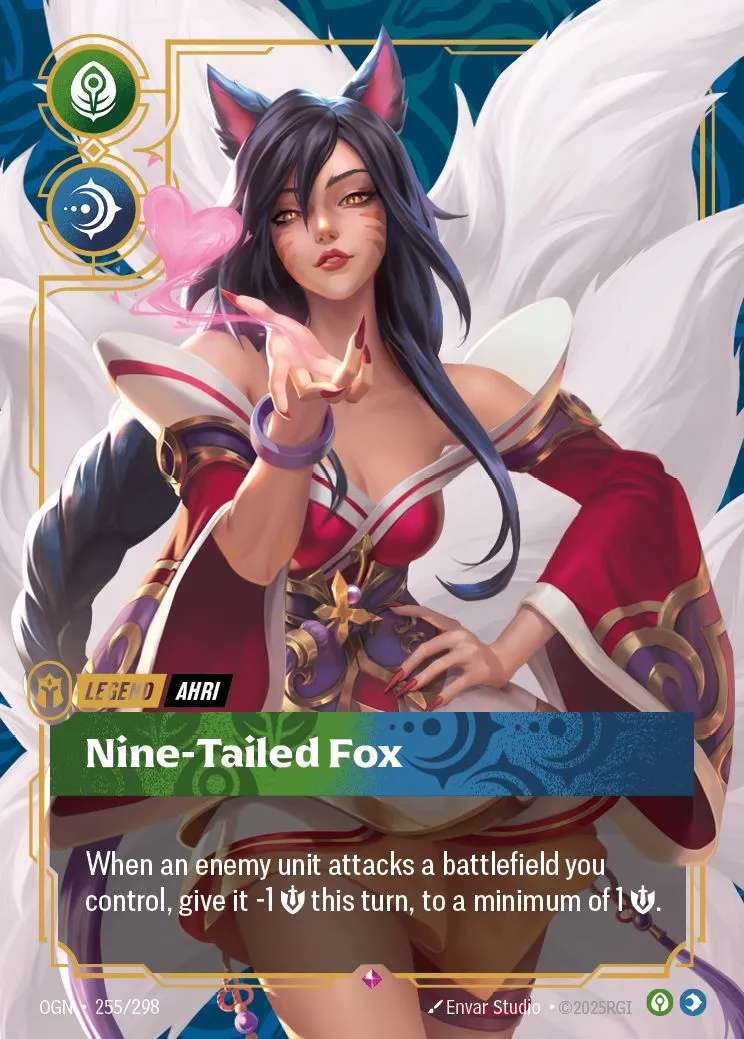


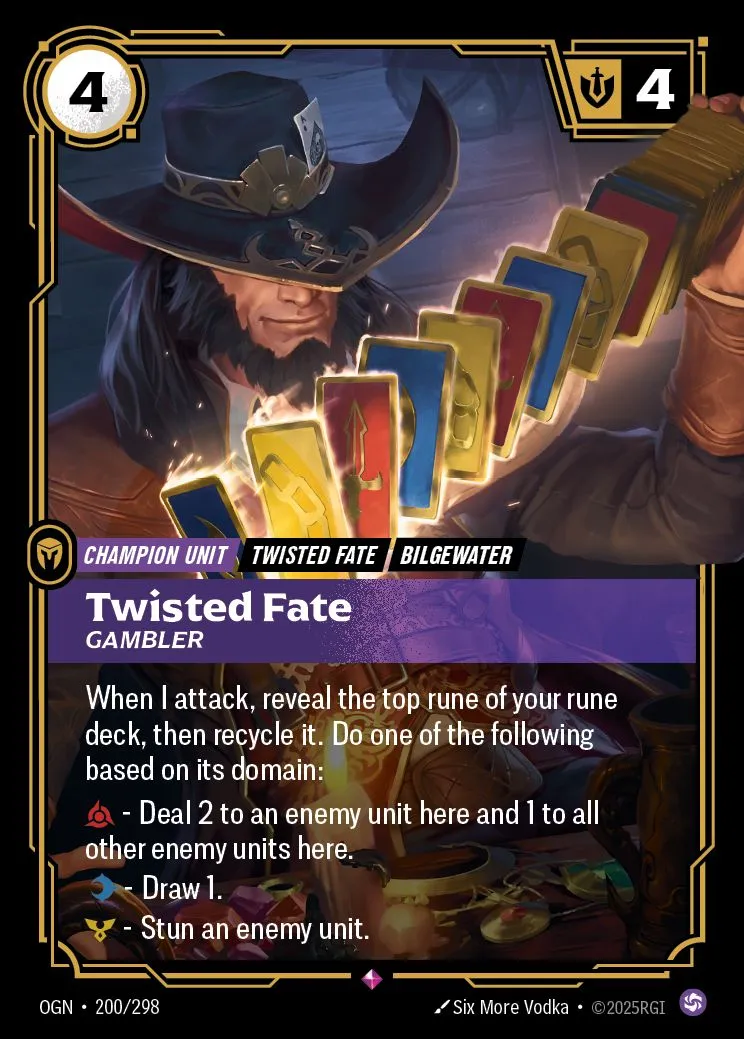
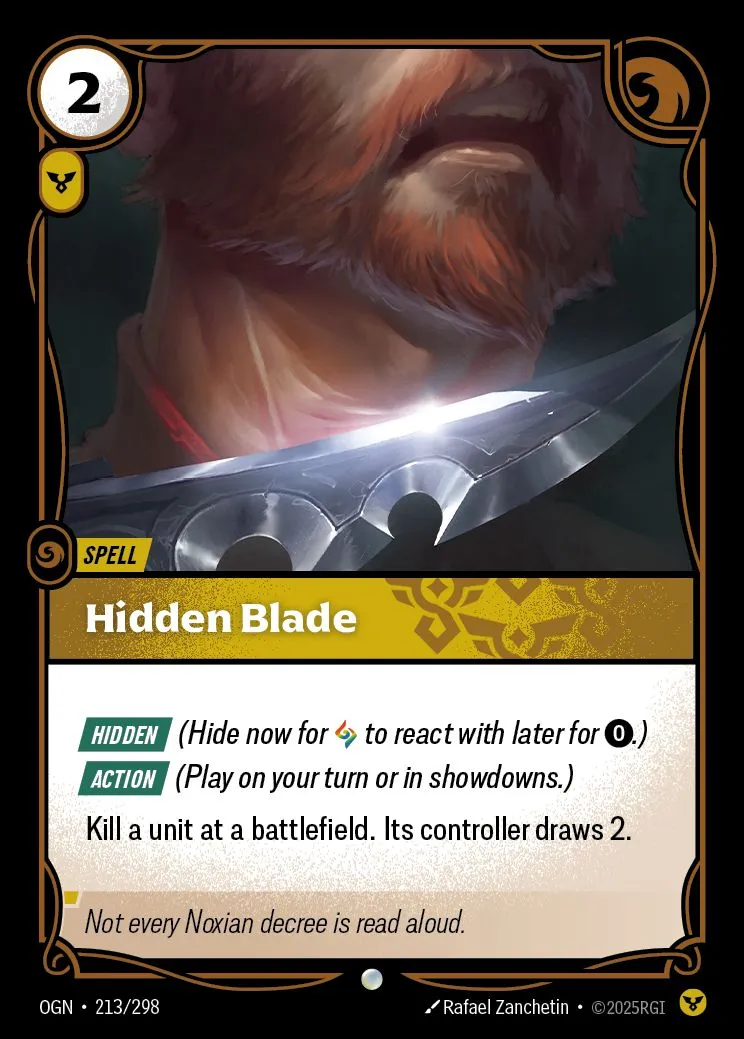

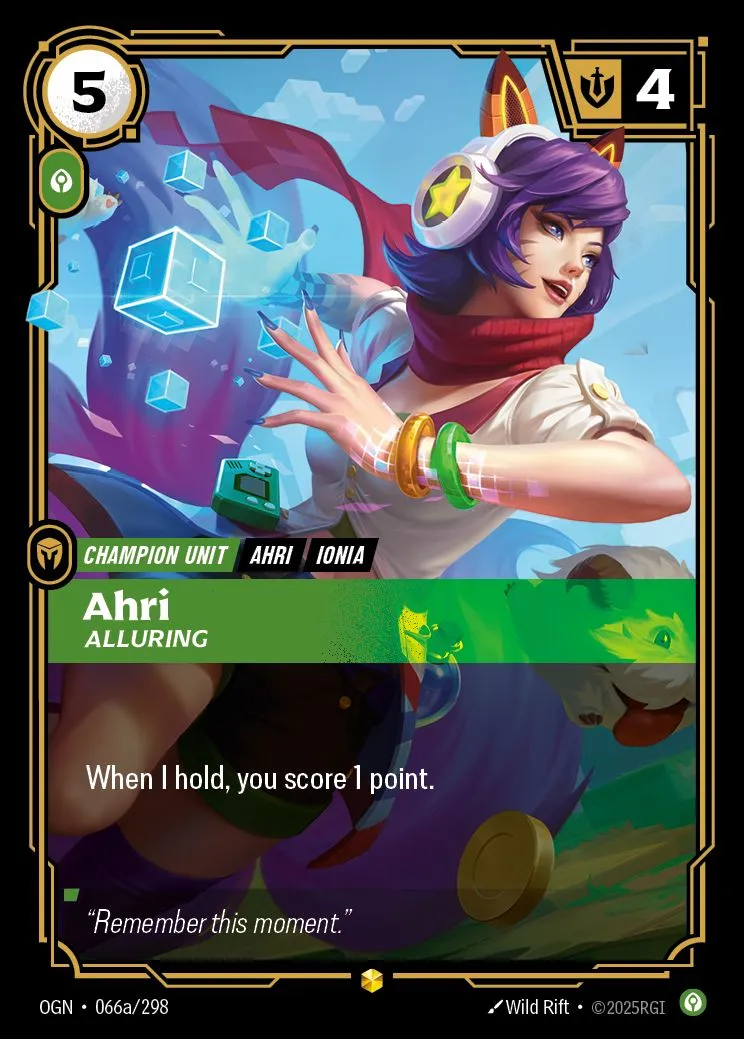
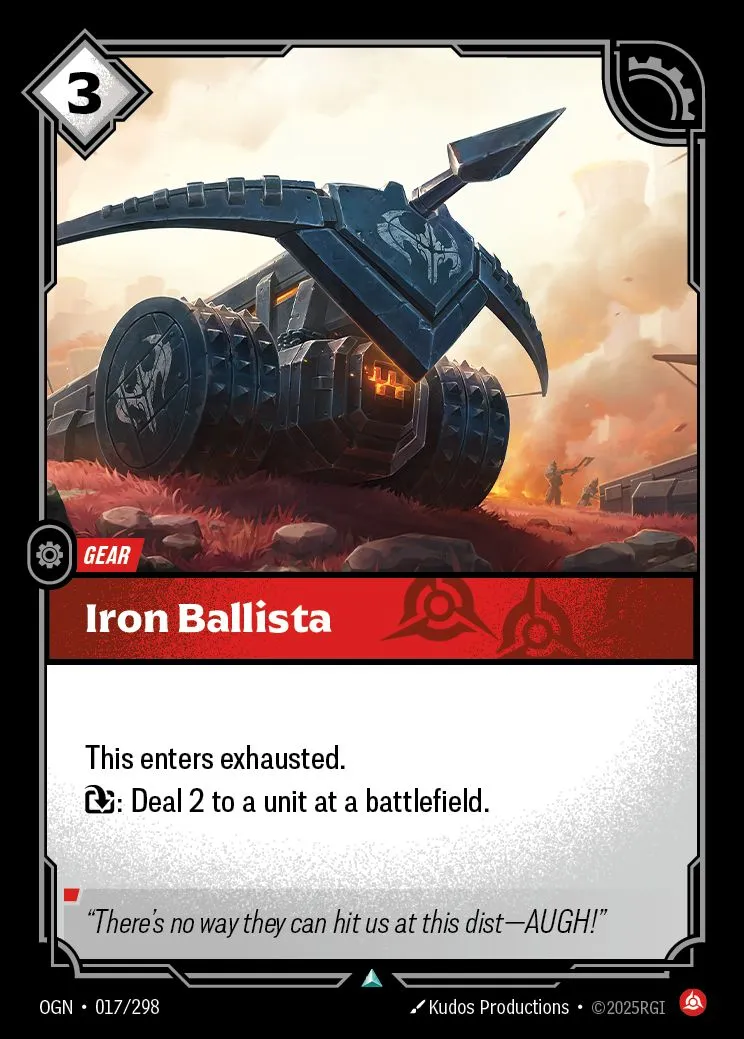

Get the Game Informer Print Edition!
Explore your favorite games in premium print format, delivered to your door.
- 10 issues per year
- Only $4.80 per issue
- Full digital magazine archive access
- Since 1991
